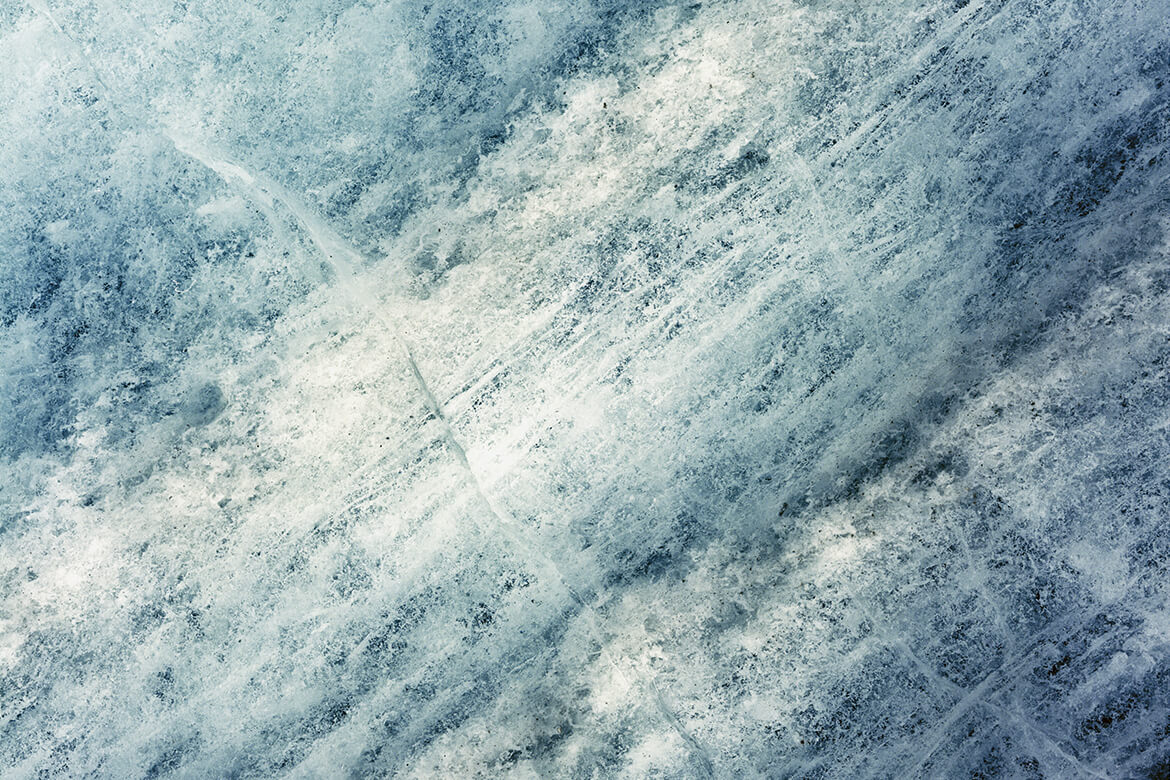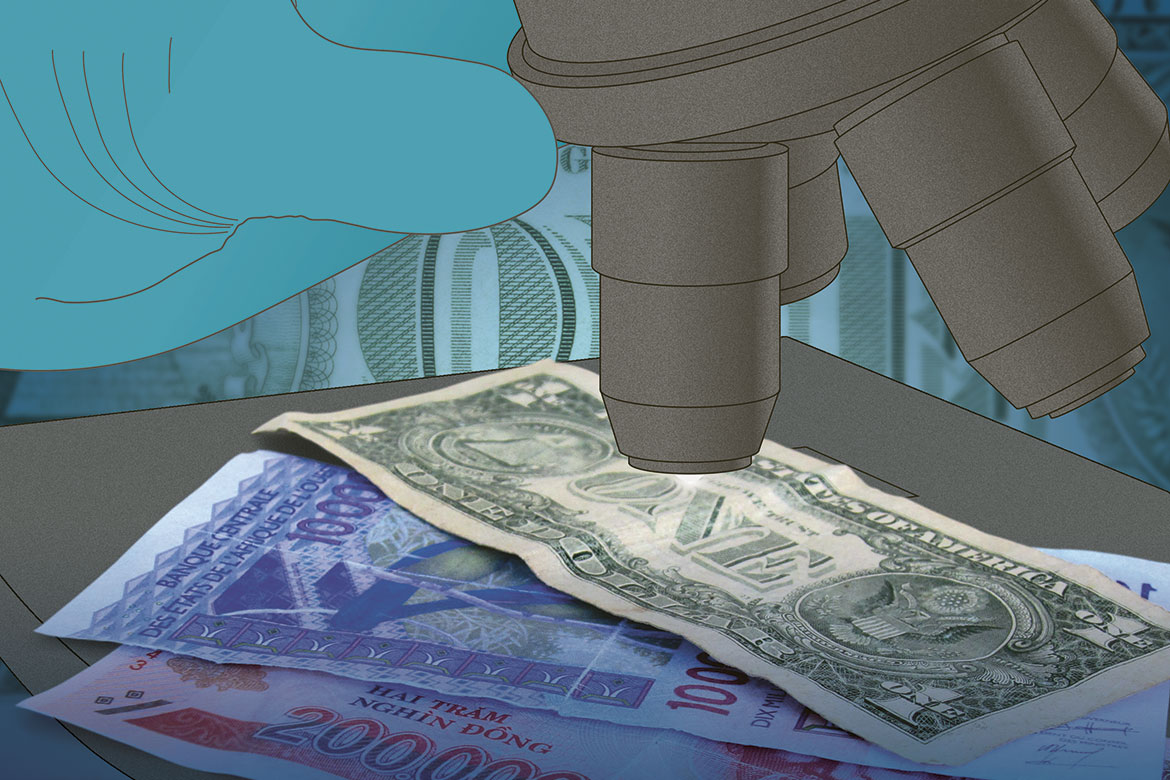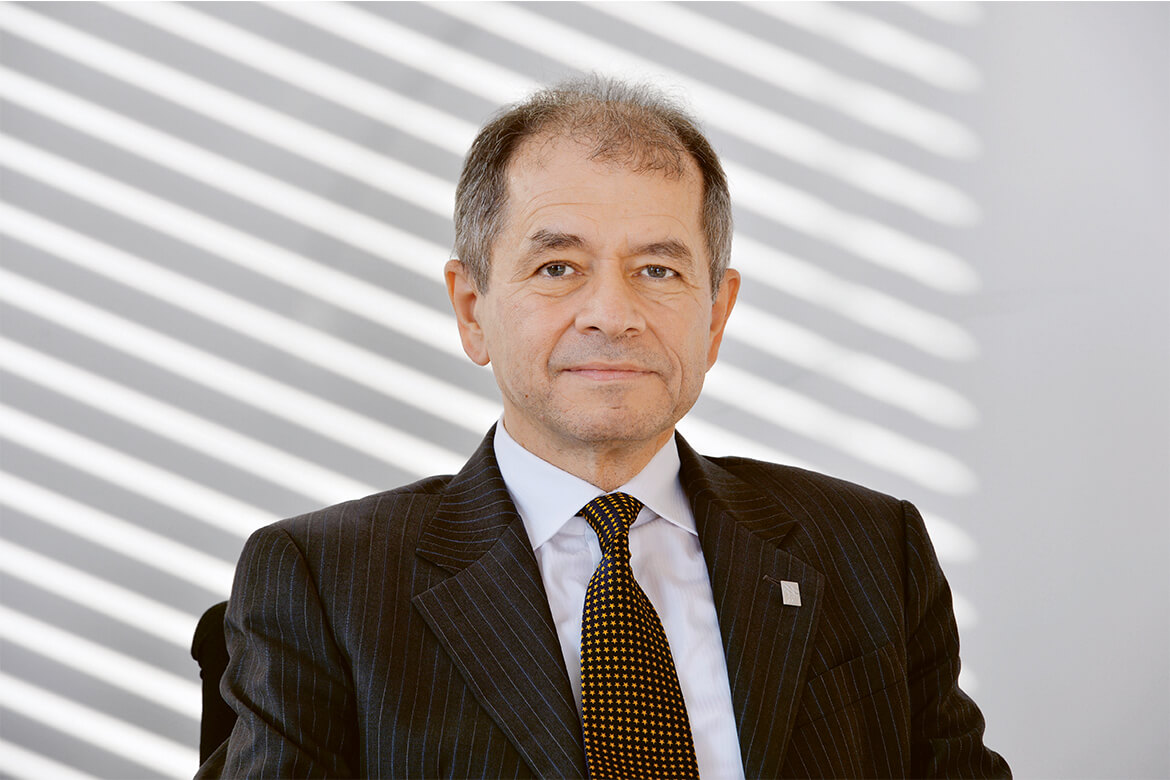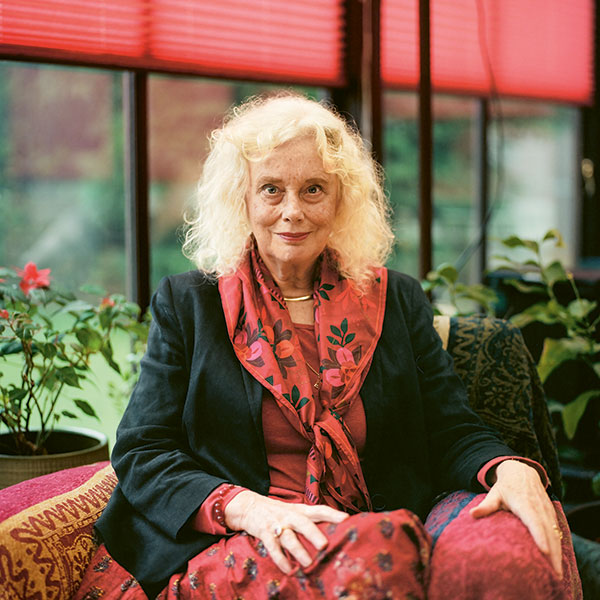From analogue to simulated knowledge
Simulations offer a new way of getting scientific results, and have pushed analogue knowledge to the margins. But pictorial representations also have the potential to blur the boundaries between pure visualisation, fiction and conscious deceit, says Antonio Loprieno.
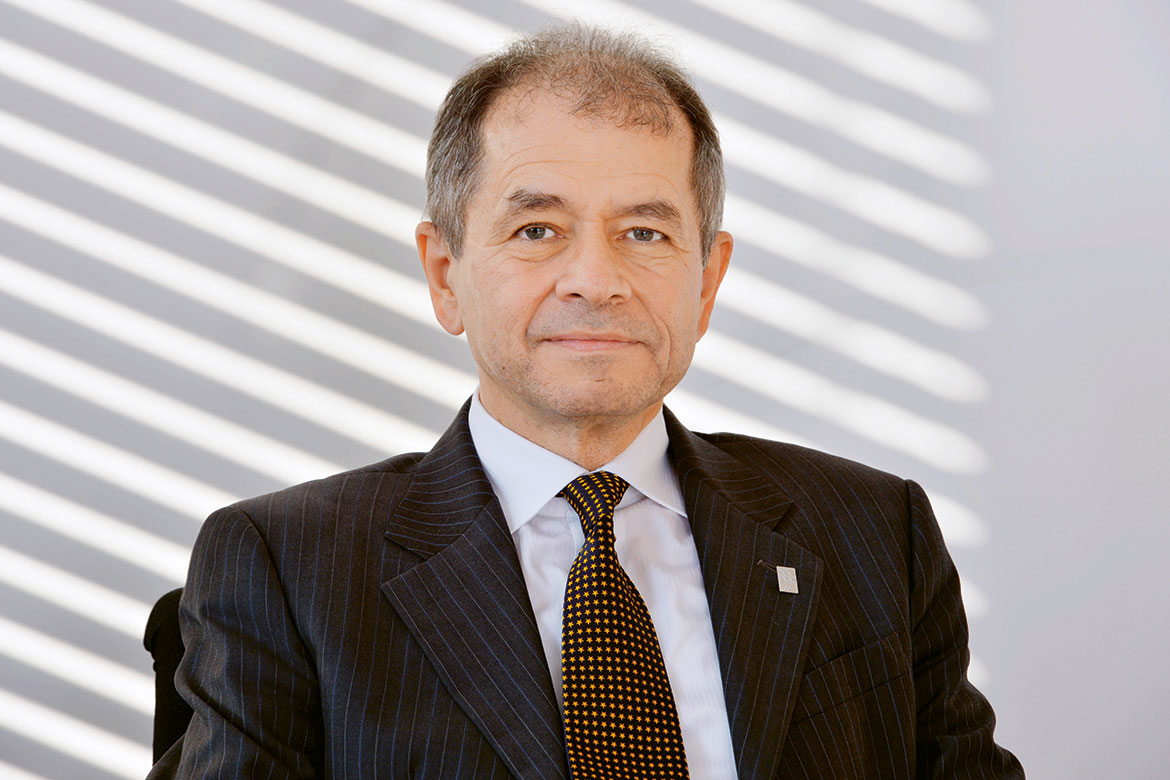
Andri Pol
What do fake news, Peter Stamm’s book ‘Sanfte Gleichgültigkeit der Welt’ (‘The gentle indifference of the world’) and the geological 3D model in this issue of Horizons have in common with each other? More than you might think. They all disassemble units of knowledge into fragments in order for us to comprehend them in emotional terms. In the case of fake news, this means selecting those characteristics of information that correspond to the algorithms of their acceptance. In Peter Stamm’s novel, a man encounters his dissociated future and past selves; and in the 3D model, the combination of a broad spectrum of data makes possible the visualisation of global contexts that transcend our immediate perception. Through visualisation, situations are modelled in a manner that allows their details to be deconstructed and reconstructed again.
The original technological innovation that has now become societally relevant – known as the ‘digital turn’ – has also opened up a new way of accessing knowledge that bears both tremendous scientific potential and worrying dangers within it: simulation. Offering a visual representation of facts also rouses our emotions, and learning is complemented by the imagination. More than ever before simulations are moving freely across the boundaries of scientific visualisation, literary fiction and intentional fraud.
Simulations have pushed our analogue access to knowledge to the margins. They offer a challenge to the existing rules of information, art and science. The top priority for simulations is no longer to reproduce a historical, social or scientific reality, but the digital projection of connections between knowledge fragments. It is in this cognitive shift that lies the potential contact between simulation and the post-factual. A piece of information becomes post-factual when it is steered by algorithms; in literary fiction, the author’s experiences are processed, which means they assume post-factual traits; and a 3D geological model is post-factual because its high degree of analytical detail is based on an artificial deconstruction of underlying facts.
Can we as a scientific community succeed in offering some form of orientation to society when it deals with the advantages and dangers of simulation? You will find one possible answer in this issue of Horizons!
Antonio Loprieno is the President of the Swiss Academies of Arts and Sciences.

